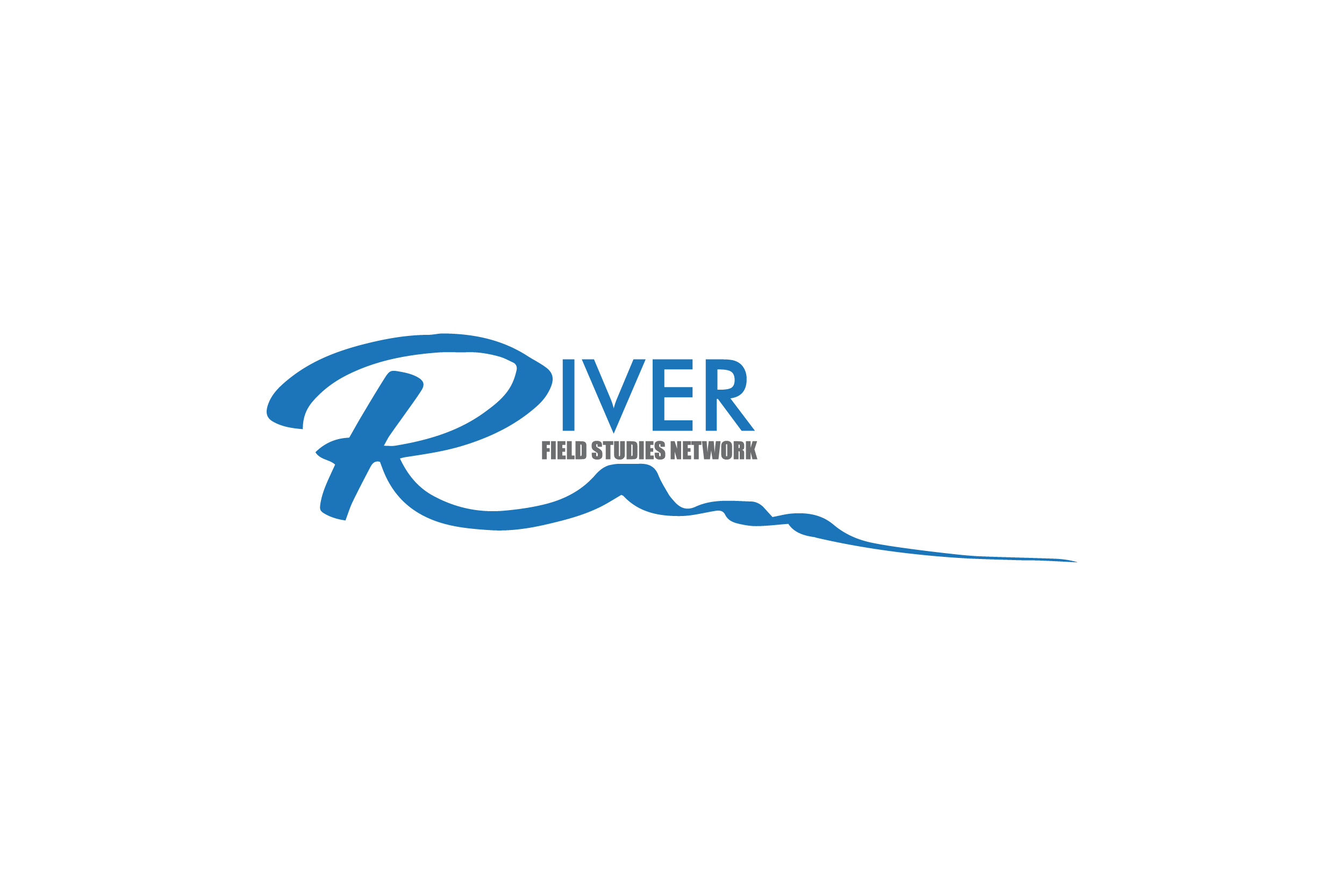Resources by the River Field Studies Network
What Shapes a River: Field Lesson
Version: 1.0
A STEAM Approach to Understanding Water Systems
Version: 1.0
Geography and Embodied Perceptions: a pathway to reanimating rivers through lived experiences.
Version: 1.0
Microhabitats and macroinvertebrates: Logjam influences on stream morphology and macroinvertebrate traits
Version: 1.0
Measuring streamflow using the float method
Version: 1.0
Riverbird distributions and habitat use
Version: 1.0
Rivers as Social-Ecological-Technological Systems: Integrative Issue Formulation and Problem Solving
Version: 1.0
The River Breathes: Stream reach metabolism as an integrative and comparable measure of stream processes
Version: 1.0
Using Survey123 to Map Physical Habitat Characteristics, Watershed Activities, and Disturbances
Version: 1.0
Exploring Detritus-Based Food Webs in Streams
Version: 1.0
Island biogeography, spatial ecology, and macroinvertebrate species diversity in Richmond’s rock pools
Version: 1.0
Other QUBES Freshwater STEM Resources
Too much of a good thing? Exploring nutrient pollution in streams using bioindicators
Version: 1.0 Adapted From: Investigating human impacts on stream ecology: locally and nationally v1.0
Investigating human impacts on stream ecology: Scaling up from Local to National with a focus on the Southeast
Version: 1.0 Adapted From: Investigating human impacts on stream ecology: locally and nationally v1.0
Landscape Indicators:Nutrients and Macroinvertebrates
Version: 1.0 Adapted From: Investigating human impacts on stream ecology: locally and nationally v1.0
Water Quality Investigation (Project EDDIE)
Version: 1.0 Adapted From: Water Quality Module (Project EDDIE) v1.0
Stream Discharge Module- Beck Modification (Project EDDIE)
Version: 1.0 Adapted From: Stream Discharge Module (Project EDDIE) v1.0
Stream Discharge Module (Project EDDIE)
Version: 1.0
Aquatic Nutrient Levels and Climate Change
Version: 1.0
Quantifying The Drivers and Impacts of Natural Disturbance Events – The 2013 Colorado Floods
Version: 1.0 Adapted From: Quantifying The Drivers and Impacts of Natural Disturbance Events – The 2013 Colorado Floods v1.0
Adaptation of Investigating human impacts on stream ecology: locally and nationally
Version: 1.0 Adapted From: Investigating human impacts on stream ecology: locally and nationally v1.0
Investigating human impacts on local Hawaiian stream ecology
Version: 1.0 Adapted From: Investigating human impacts on stream ecology: locally and nationally v1.0
Investigating human impacts on stream ecology: Intro to R
Version: 1.0 Adapted From: Investigating human impacts on stream ecology: locally and nationally v1.0
MathBench: Biodiversity Assessment of Stream Biota
Version: 1.0
Parasites -- They're what's for dinner: Investigating the role of parasites in aquatic food webs
Version: 1.0
Environmental Justice and Freshwater Resources
Version: 1.0
